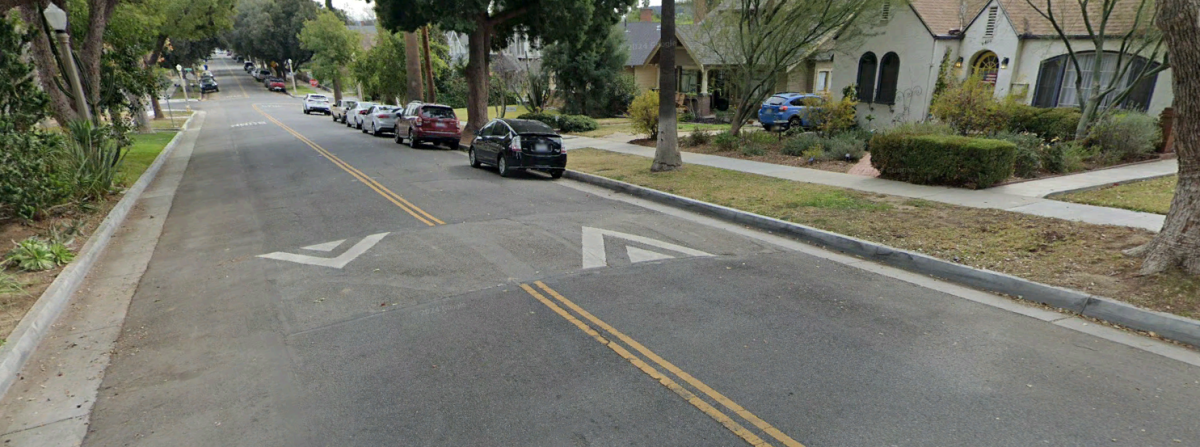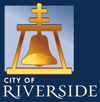
As part of the Neighborhood Traffic Management Program (NTMP), the Public Works Department has established a formal Speed Hump Policy Guidelines and Procedure to effectively address concerns related to speeding on residential streets. The goal of this policy is to enhance neighborhood safety by implementing traffic calming measures, such as speed humps, to reduce vehicle speeds on eligible residential streets. This policy aims to unite neighborhoods and identify appropriate measures to improve travel behavior for the benefit of affected communities. Speed humps are a potential secondary option for residential designated streets.
Local residential streets eligible for speed humps shall meet the following general design criteria including, but not limited to:
- Have direct driveway access to street
- Have no more than one lane of travel in each direction
- Have a legal speed limit of 25MPH or less
- Street width no wider than 40 feet from curb to curb
- Have a vertical grade of 8% or less
- Have average daily traffic volumes between 750 vehicles and no greater than 2,000 vehicles in both directions in a 24-hour period on an average weekday.
- Have a minimum combined 85th percentile speed of 37 MPH
Speed Hump Policies, Guidelines and Procedures can be accessed here:
View Guidelines & Procedures View Program Flyer
Requests for speed humps can be initiated by submitting a service request via the City of Riverside 311 Call Center:- Web Submission: RiversideCA.gov/311
- Mobile App: https://riversideca.gov/city-apps
- Email: CallCenter@RiversideCA.gov
- Phone: 951-826-5311
Upon a received service request, the Public Works Department will review and provide applicable forms to be completed should the given street meet the minimum conditions to be considered for street humps.
Frequently Asked Questions
What is a speed hump?
What are the disadvantages of speed humps?
What are the benefits of speed humps?
What local residential streets are eligible for speed humps?
What does the speed hump approval process look like?
How do I apply for speed humps on my residential street?
- Web Submission: RiversideCA.gov/311
- Mobile App: https://riversideca.gov/city-apps
- Email: CallCenter@RiversideCA.gov
- Phone: 951-826-5311

